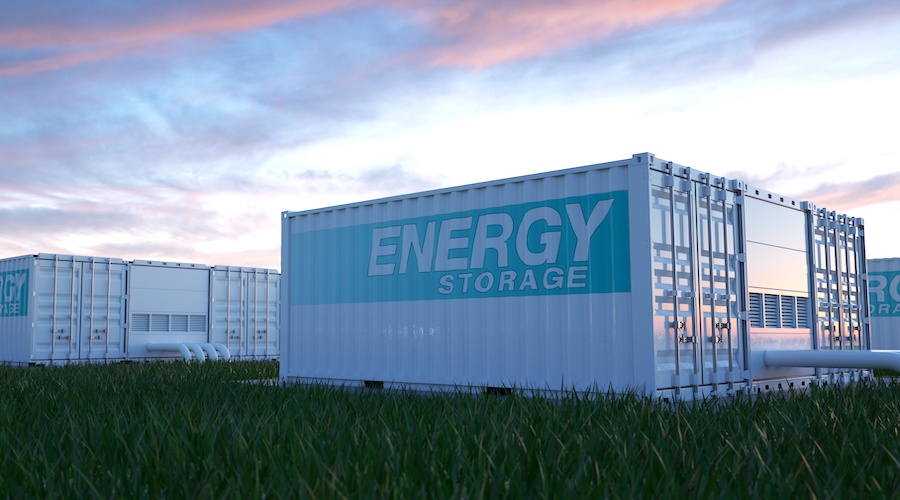
The US energy storage market set a first-quarter record for capacity installed this year, with 1,265 megawatts (MW) deployed across all segments, a report by Wood Mackenzie and the American Clean Power Association’s (ACP) shows.
This marks the highest storage capacity ever installed in a first quarter in the country, representing an 84% increase from Q1 2023. When compared to the last quarter of 2023, however, the figure dropped 29% in terms of MW.
Energy storage technologies provide a solution to store excess energy and use it when there is too little generation or too much demand. This helps achieve flexibility, enhance grid reliability and power quality and accommodate the scale-up of renewable energy.
The states of Nevada, California and Texas led the way, accounting for 90% of new grid-scale capacity added.
“The rapid growth of the energy storage industry comes at a critical time, providing a solution to growing energy demand and increasingly variable weather conditions that are placing added stress on the grid,” John Hensley, vice president of markets and policy analysis at ACP said in a statement.

The residential segment set a record for quarterly installations at 250 MW in Q1, an 8% increase over the previous record set in Q4 2023. California drove growth in the residential segment, installing 24% more than the previous quarter.
California also led the community, commercial, and industrial (CCI) segment to install 19.4 MW, which represents a 43% decline quarter-on-quarter (QoQ), as both New York and Massachusetts experienced one of the slowest CCI quarters in recent years.
The report also shows that storage costs from the cell to block level continue to decline—not only as a direct result of lithium cost reductions, but also due to global supply chain dynamics, such as oversupply and marketplace competition.
Looking ahead, the report predicts that the US energy storage market will see 12.9 GW deployed across all segments this year. New capacity additions are due to break the 10 GW mark for the first time ever, with 75 GW forecasted across all segments through to 2028, according to the study